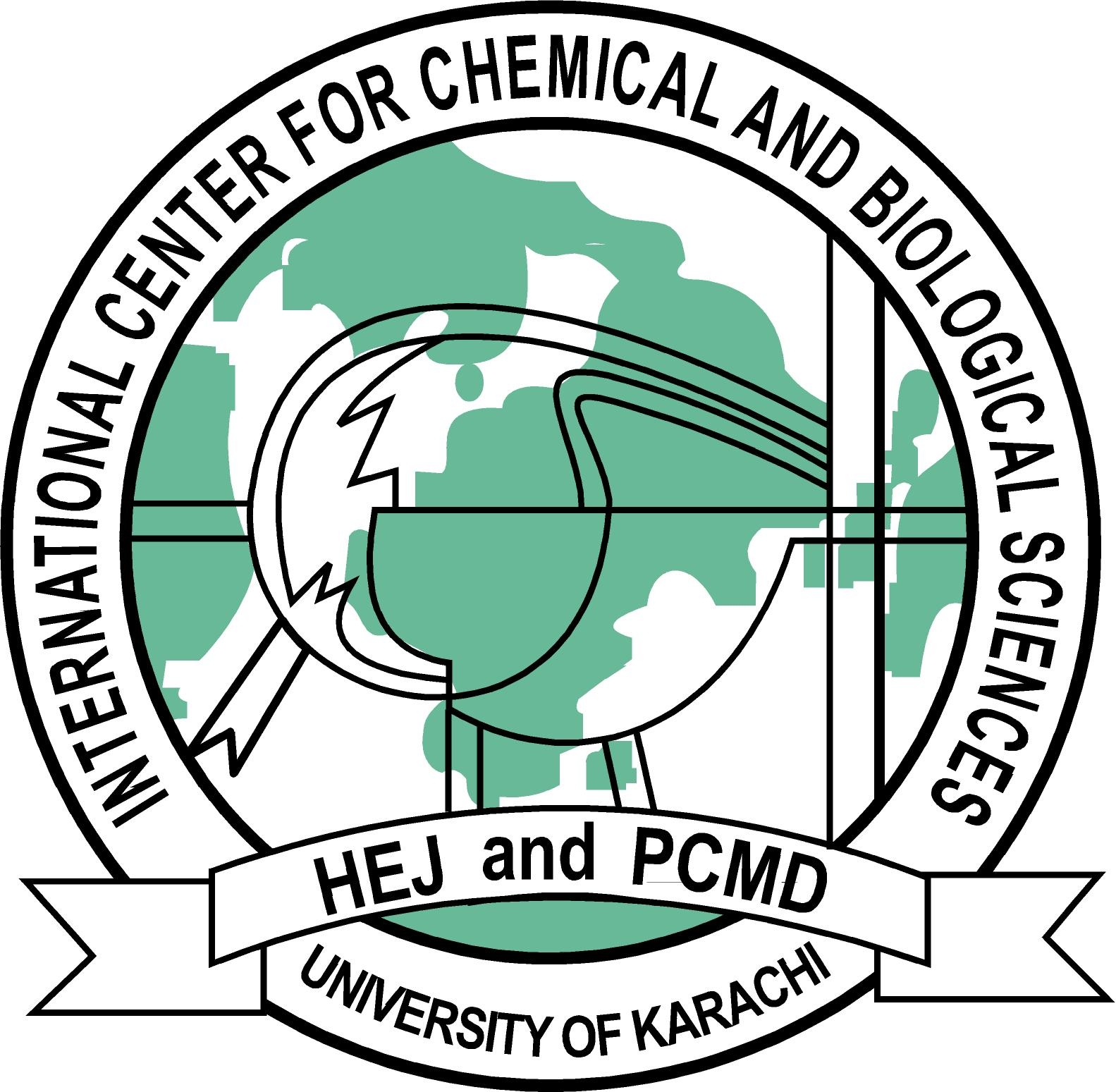Microbial-based Polyhydroxyalkanoates: Upstream and Downstream Processing Amirul Al-Ashraf
Material type: TextPublication details: Uk: Smithers Rapra Technology , 2015.Description: 190 pISBN:
TextPublication details: Uk: Smithers Rapra Technology , 2015.Description: 190 pISBN: - 978-1909030619
| Item type | Current library | Call number | Status | Date due | Barcode |
|---|---|---|---|---|---|
 Book
Book
|
The National Library of Chemical Sciences, HEJ Research Institute of Chemistry (HEJ) Library | TP248.65. A45_2015 (Browse shelf(Opens below)) | Available | 8933 |
Browsing The National Library of Chemical Sciences, HEJ Research Institute of Chemistry (HEJ) Library shelves Close shelf browser (Hides shelf browser)

|

|
No cover image available |

|
No cover image available |

|

|
||
| [QD-415-.A2-.S78-2019 Studies in Natural Products Chemistry Volume 62 | LB2369.T8_2018 A manual for writers of research papers, theses, and dissertations : Chicago Style for students and researchers / | QD33.2.S45-2012 Chemistry The Molecular Nature of Matter and Change 6th Edition | TP248.65. A45_2015 Microbial-based Polyhydroxyalkanoates: Upstream and Downstream Processing | QD272.C8.P73_2017 Practical thin-layer chromatography : a multidisciplinary approach / | QD453.2.W464_2000 Physical chemistry : a short course / | QD101.2.H37_1998 Quantitative Chemical Analysis 5th Edition |
Polyhydroxyalkanoate (PHA) is a broad term covering a group of natural biopolymers that are synthesised by a range of microbes. PHAs are biodegradable, biocompatible thermoplastics which have great potential; they have garnered an increasing amount of attention as an alternative to petroleum-based plastics due to the increasing global need for sustainable development through renewable and eco-friendly resources.
This book has two main aims. Firstly, it reviews the major pipelines for processing this biopolymer, from upstream through to downstream. The upstream processing includes the isolation of PHA producers, biosynthesis of PHA, genetic modification of PHA producers and optimisation of PHA production; meanwhile the downstream processing covers the PHA recovery and purification, degradation, quantification, characterisation, as well as the application of PHA. An introduction to the key concepts in each area is given. Secondly, this book details recent advances in each PHA processing field, offering readers insight into how the research trends are evolving over time

